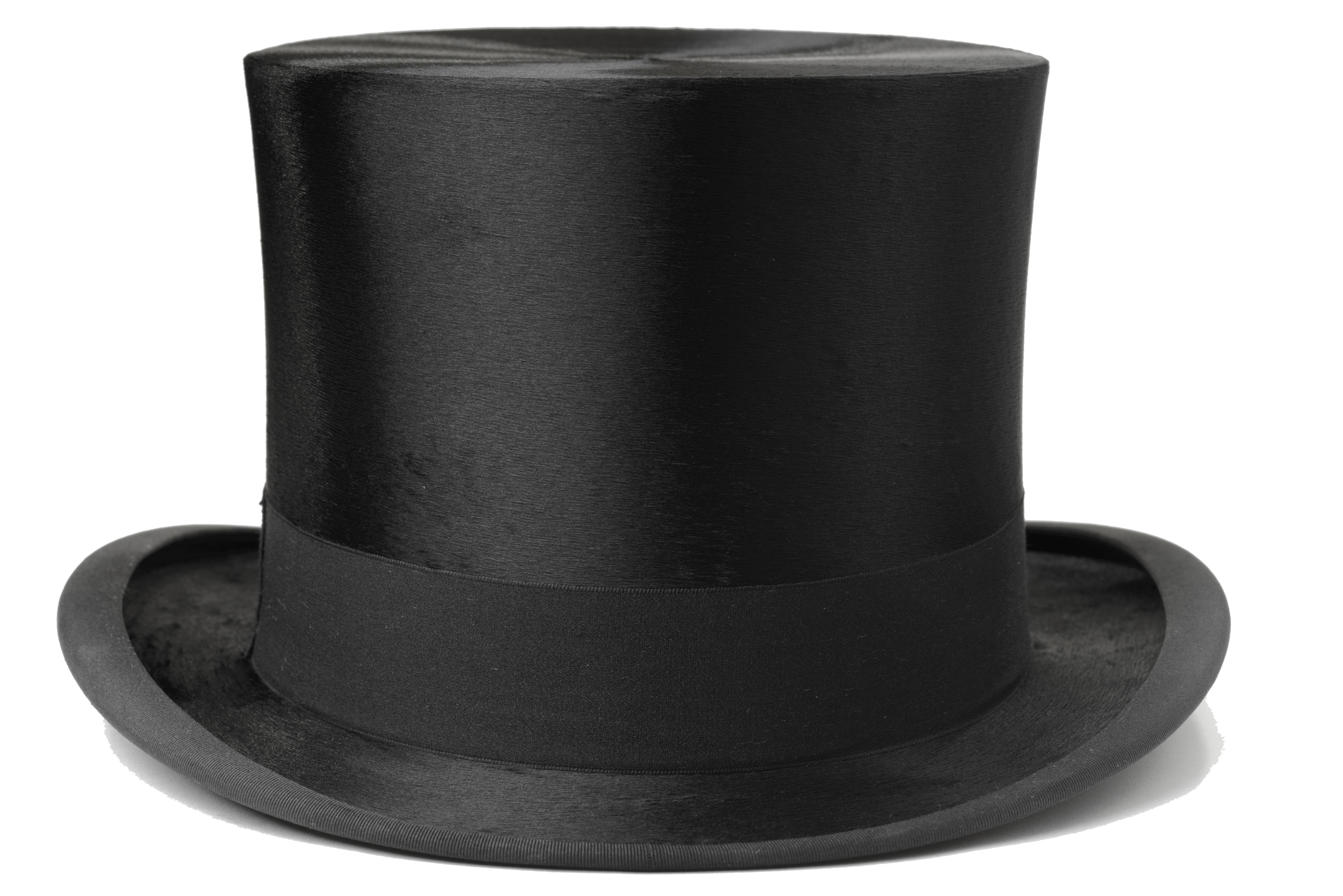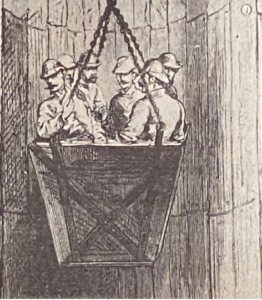Annie Londonderry: The Woman Who Cycled Around the World


Annie Londonderry (born Annie Cohen in Latvia in 1870) has been largely forgotten by history, but at the end of the 19th century she was widely celebrated as a trail-blazer, a modern woman who wrote: “I believe I can do anything that any man can do.”
She proved it by becoming the first woman to cycle around the world, a feat which, according to the calculations of our indomitable archivist, X.T. Pfuffenstoffel, had only previously been accomplished by three men: an Englishman called Thomas Stevens and two Americans traveling together: William Sachtleben and Thomas Allen.
While Stevens took two years, nine months to complete his journey, Londonderry finished hers in less than eleven months.
Critics carped (critics always will carp) that Annie traveled more with a cycle than on one, but the fact remains that this was a dangerous journey, one that took a great deal of courage, and an immense physical toll.
How dangerous? Well, Annie set out on her adventure in September 1894. Just four months earlier an American cyclist, Frank Lenz, who was attempting to circumnavigate the world on a bicycle, disappeared somewhere near Erzurum, in the Ottoman Empire (now Turkey). He was never found, despite William Sachtleben’s attempts to track him down. Annie packed a pearl-handled pistol on her trip, just in case. According to X.T. Pfuffenstoffel, she never fired it.
When Annie arrived in France she was arrested, her bike was confiscated and her money stolen. By the time she reached Marsaille she’d been injured on the road and her foot was bandaged and propped up on her handlebars. On the final leg of her round-the-world journey, from San Francisco to Chicago, she was nearly killed by a runaway horse and wagon. Later on, during that same leg of the journey, she broke her wrist when she crashed into a herd of pigs. She had to wear a cast for the remainder of her trip.
Annie was an entrepreneur. She funded the trip with sponsorship and advertising. Sterling Cycle Works, a Chicago-based bicycle manufacturer, gave her one of their bikes (in the photo above you can see ‘The Sterling’ painted on the frame) and sponsored her. The Londonderry Lithia Spring Water Company paid her $100 to advertise their products. She attached an advertising placard to the rear wheel of her bike, and changed her name to Londonderry for the duration of the trip. As well as advertising she sold promotional photos, silk handkerchiefs, souvenir pins and autographs. She raised more money by giving lectures about her journey in many of her ports of call.
She was also something of a style icon. When she first set out on her journey from Boston she was wearing a long skirt, corset and high collared blouse. By the time she got to Chicago she’d decided to abandon this conventional garb for something a little more practical. First she switched out the long skirt for bloomers, but eventually she abandoned ‘women’s’ clothing altogether and adopted a man’s riding suit. ‘Rational’ clothing became de rigueur for women riders in the late nineteenth and early twentieth century. (It was this so-called male attire, incidentally, that got her into trouble in France. The French Press said she was too muscular to be a woman, and labelled her a ‘neutered being’).

Small wonder then, that Bethany Brainsly-Whatton-Whiffle found Annie Londonderry an inspiration and a compelling role model, and fashioned her own cycling garb after that of Ms. Londonderry. There is no evidence that Bethany ever met Ms. Londonderry.
X.T. Pfuffenstoffel
Sources (include, but not limited to):
Wikipedia entry
Jewish Women’s Archive
Annie Londonderry Website







